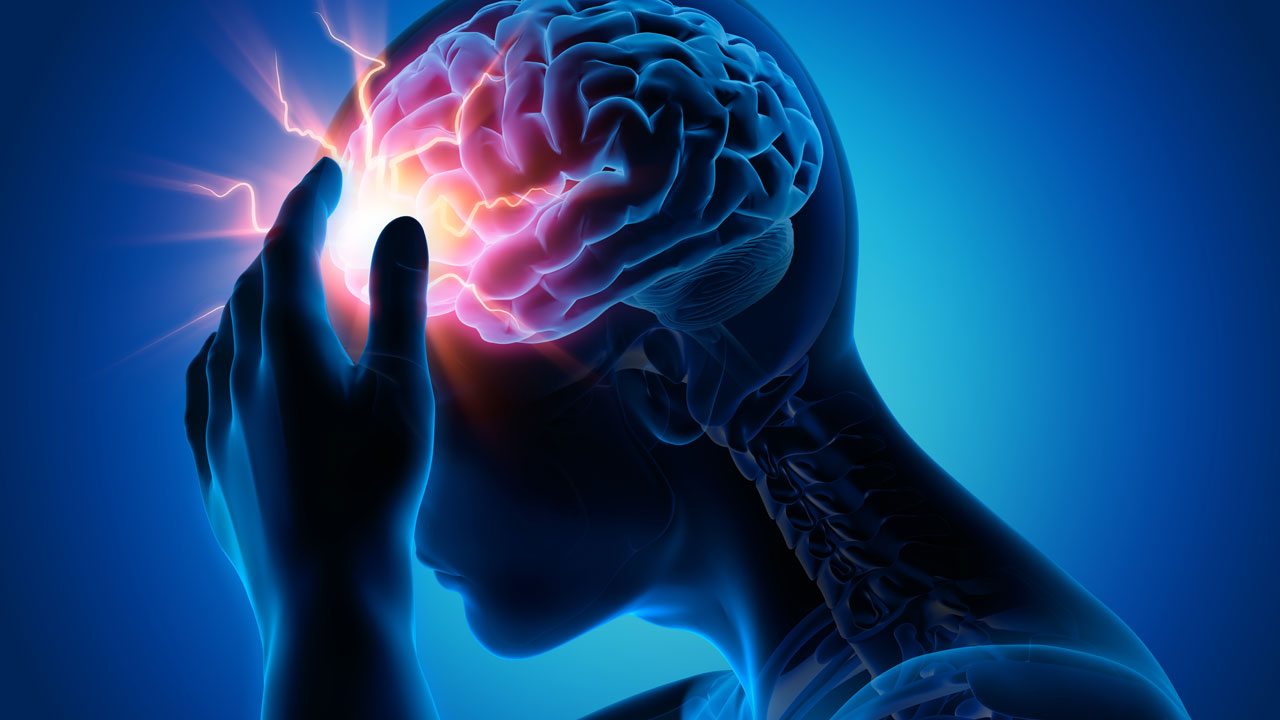Kindly discuss the treatment of Stroke
Thanks for your detailed explanation about stroke in your Daily Trust column last week. It was very educative and helpful. Meanwhile, the article didn’t highlight treatment, if any, of stroke. A A.S. Thanks for your question and you are right, we did not discuss diagnosis and treatment due to limited space last week. We shall […]

Thanks for your detailed explanation about stroke in your Daily Trust column last week. It was very educative and helpful. Meanwhile, the article didn’t highlight treatment, if any, of stroke.
A A.S.
Thanks for your question and you are right, we did not discuss diagnosis and treatment due to limited space last week. We shall complete it today.
The following is done when a patient with stroke is taken to the hospital:
- Physical examination will be done such as checking blood pressure as well as neurological examination to ascertain how a potential stroke is affecting one’snervous system.
- Blood tests to check forblood clots, blood sugar and any potential infection.
- Computerized tomography(CT) scan.
- Magnetic resonance imaging (MRI).
- Cerebral angiogram.
- Echocardiogram.
Some treatment options
Emergency treatment for stroke depends on whether one is having an ischemic stroke or a stroke that involves bleeding into the brain (hemorrhagic). Last week we discussed the two types in detail.
Ischemic stroke: To treat an ischemic stroke, blood flow must quickly be restored to the brain. This may be done by doing:
- Emergency Intravenous (IV) medication. Therapy with drugs that can break up a clot has to be given within 4-5 hours from when symptoms first started if given intravenously.
- Emergency endovascular procedures. Doctors sometimes treat ischemic strokes directly inside the blocked blood vessel. Endovascular therapy has been shown to significantly improve outcomes and reduce long-term disability after ischemic stroke.
- Medications delivered directly to the brain. Doctors insert a long, thin tube (catheter) through an artery in the patient’s groin and thread it to the brain to deliver medications directly where the stroke is happening.
- Removing the clot with a stent retriever. Doctors can use a device attached to a catheter to directly remove the clot from the blocked blood vessel in the brain.
- Other procedures to decrease the risk of having another stroke or transient ischemic attack may be recommended such as opening up an artery that’ is narrowed by a plaque.
Haemorrhagic stroke: Emergency treatment of haemorrhagic stroke focuses on controlling the bleeding and reducing pressure in the brain caused by the excess fluid. Treatment options include:
- Emergency measures: If one takes blood-thinning medications to prevent blood clots, one may be given drugs or transfusions of blood products to counteract the blood thinners’ effects. One may also be given drugs to lower the pressure in the brain (intracranial pressure), lower the blood pressure, prevent spasms of the blood vessels and prevent seizures.
- Surgery: If the area of bleeding is large, doctor may perform surgery to remove the blood and relieve pressure on the brain. Surgery may also be used to repair blood vessel problems associated with haemorrhagic strokes.
- Surgical clipping: A surgeon places a tiny clamp at the base of the aneurysm, to stop blood flow to it.
- Coiling (endovascular embolization): Using a catheter inserted into an artery in the groin and guided to the brain, the surgeon will place tiny detachable coils into the aneurysm to fill it.
Stroke recovery and rehabilitation
- After emergency treatment, a stoke patient will be closely monitored for at least a day. After that, stroke care focuses on helping one recover as much function as possible and return to independent living. The impact of the stroke depends on the area of the brain involved and the amount of tissue damaged.
- If stroke affected the right side of the brain, movement and sensation on the left side of the body may be affected. If stroke damaged the brain tissue on the left side of the brain, movement and sensation on the right side of the body may be affected. Brain damage to the left side of the brain may cause speech and language disorders.
- Most stroke survivors go to a rehabilitation programme. Rehabilitation may begin before one leaves the hospital. After discharge, might continue the programme in a rehabilitation as an outpatient, or at home.
